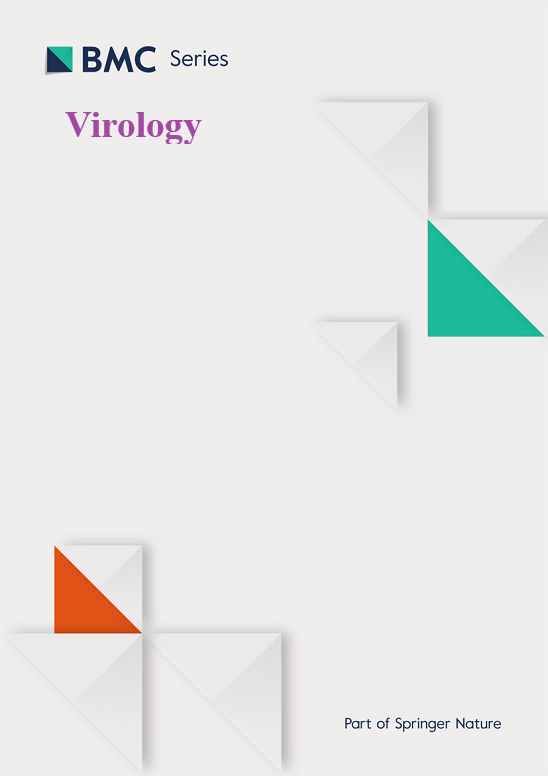Viral oncogenesis of δ-retroviruses, HTLV-1 and BLV, and recent advances in its diagnosis
IF 2.8
3区 医学
Q3 VIROLOGY
引用次数: 0
Abstract
The δ-retrovirus genus includes human T-cell leukemia viruses (HTLV-1, HTLV-2, HTLV-3), simian T-lymphotropic viruses (STLV), and bovine leukemia viruses (BLV), which establish lifelong, typically asymptomatic, infections. However, HTLV-1 and BLV can lead to leukemia or lymphoma in 2–5% of infected hosts after prolonged latency. HTLV-1, the first identified human oncogenic retrovirus, drives T-cell leukemia/lymphoma via cell-intrinsic mechanisms. Similarly, BLV induces B-cell lymphoma in cattle, sharing key genomic and disease progression features with HTLV-1. Retrovirus-induced leukemias/lymphomas arise through complex interactions of viral and host factors. This review explores current virological perspectives on δ-retroviral oncogenesis, focusing on proviral integration sites within the host genome. Additionally, we briefly compare HTLV-1 with the human immunodeficiency virus (HIV), highlighting that while HIV causes AIDS, it also induces clonal expansion of infected cells. Finally, we discuss the potential diagnostic and prognostic value of analyzing viral factors and integration sites.
δ-逆转录病毒属包括人类T细胞白血病病毒(HTLV-1、HTLV-2、HTLV-3)、猿T淋巴细胞病毒(STLV)和牛白血病病毒(BLV),这些病毒可引起终生感染,通常无症状。然而,HTLV-1 和 BLV 经过长期潜伏后,可导致 2-5% 的感染宿主患上白血病或淋巴瘤。HTLV-1 是第一个被发现的人类致癌逆转录病毒,它通过细胞内在机制驱动 T 细胞白血病/淋巴瘤。同样,BLV 也能诱发牛的 B 细胞淋巴瘤,与 HTLV-1 在基因组和疾病进展方面有相同之处。逆转录病毒诱导的白血病/淋巴瘤是通过病毒和宿主因素的复杂相互作用产生的。本综述从病毒学角度探讨了当前δ-逆转录病毒致癌的情况,重点是宿主基因组内的前病毒整合位点。此外,我们还将 HTLV-1 与人类免疫缺陷病毒(HIV)进行了简要比较,强调 HIV 在导致艾滋病的同时,也会诱导受感染细胞的克隆扩增。最后,我们讨论了分析病毒因子和整合位点的潜在诊断和预后价值。
本文章由计算机程序翻译,如有差异,请以英文原文为准。
求助全文
约1分钟内获得全文
求助全文
来源期刊

Virology
医学-病毒学
CiteScore
6.00
自引率
0.00%
发文量
157
审稿时长
50 days
期刊介绍:
Launched in 1955, Virology is a broad and inclusive journal that welcomes submissions on all aspects of virology including plant, animal, microbial and human viruses. The journal publishes basic research as well as pre-clinical and clinical studies of vaccines, anti-viral drugs and their development, anti-viral therapies, and computational studies of virus infections. Any submission that is of broad interest to the community of virologists/vaccinologists and reporting scientifically accurate and valuable research will be considered for publication, including negative findings and multidisciplinary work.Virology is open to reviews, research manuscripts, short communication, registered reports as well as follow-up manuscripts.
 求助内容:
求助内容: 应助结果提醒方式:
应助结果提醒方式:


